Key in a search term below to search our website.
Key in a search term below to search our website.
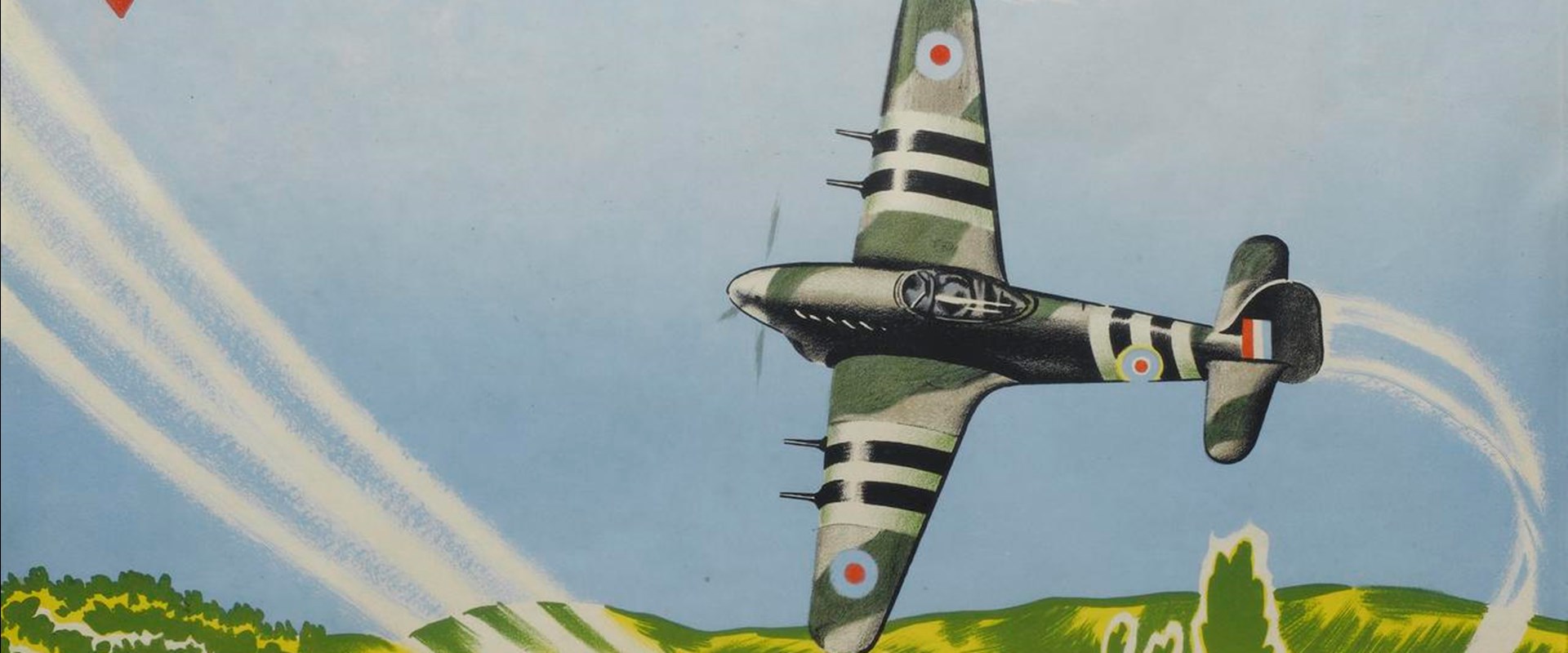
Changing technology played a vital role in the Second World War. Major advances in communications, weaponry and medicine came about as a direct result of the conflict.
Objects in our collections reflect the important role that technological developments played during the war, and their continued impact on our lives today.
Developing codes enabled secure, secret messages to be sent and received across long distances. Codebreaking became a fundamental part of the war effort on all sides, and ‘cracking the code’ of the Enigma machine is thought to have brought the war to a much swifter end.
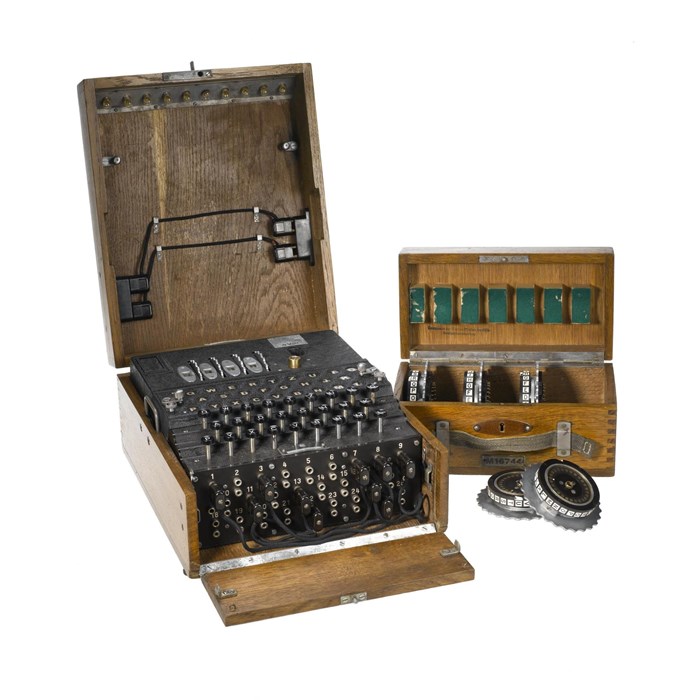
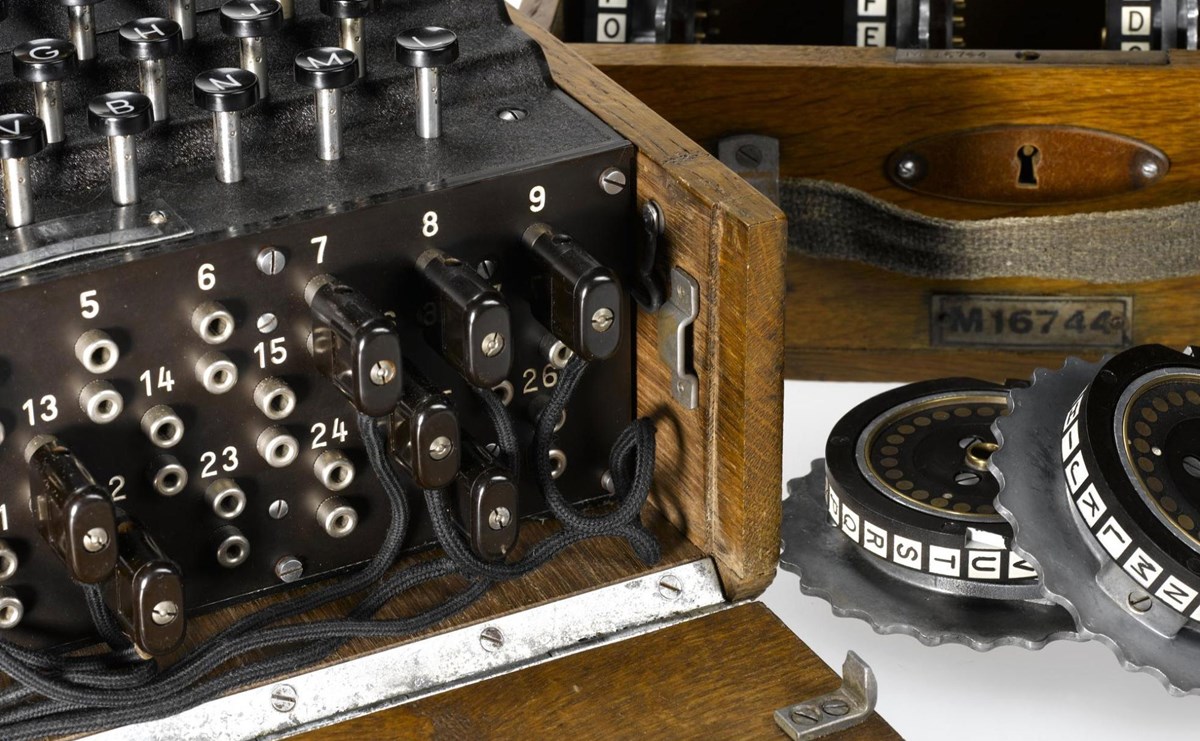
Discover the role that the Enigma Encoding Machine, a complex piece of technology played in the Second World War.
Enigma encoding machine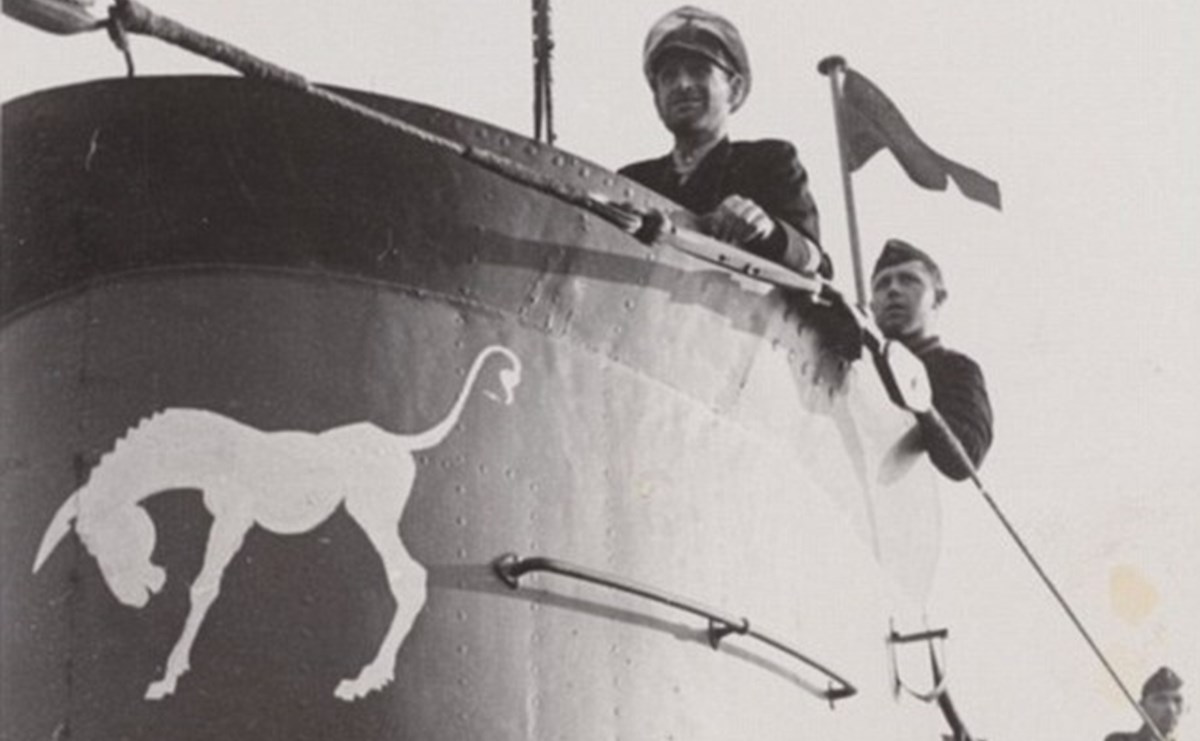
Find out how one Scottish sailor’s brave actions helped to change the course of the war, a story later revealed in a 1969 children’s comic while it was still an Official Secret!
Read their story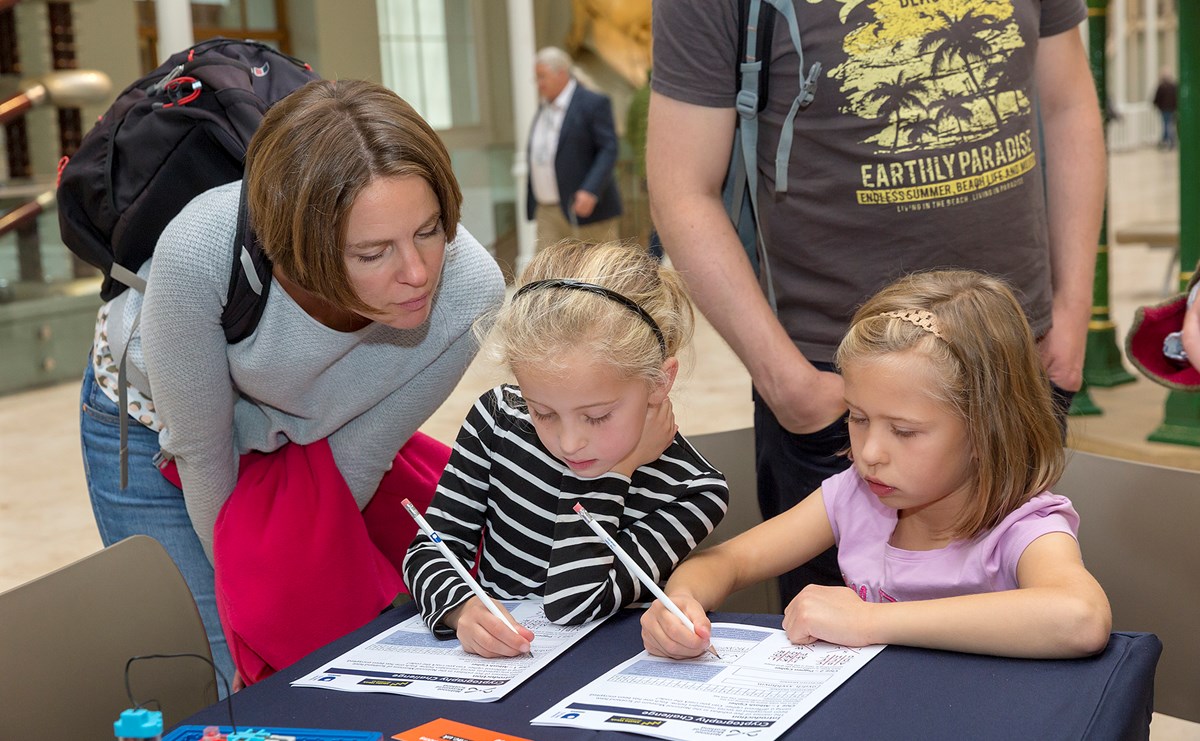
Why not have a go at breaking some codes yourself? Here are some tricky codes hiding the names of some of our museum objects. Cracking the codes increases in difficulty as you go through the worksheet.
Crack the codeAnswers to the Cryptography Challenge developed by the Open University. You can find out more about each exhibit by following the links underneath each answer.
AnswersShortly after war broke out, it became clear that if you had control of the skies, you had control of the battle. Explore the technological stories of two very different wartime aircraft.
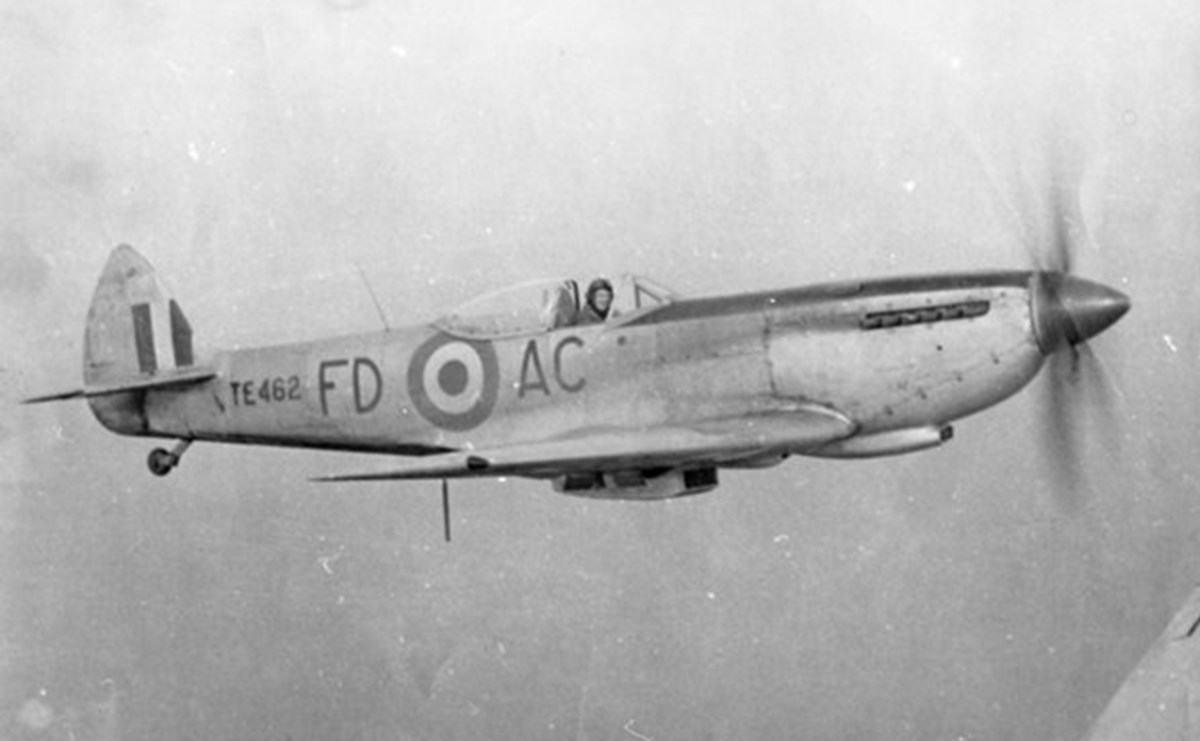
The Spitfire became one of the most recognisable aeroplanes of the Second World War and played a pivotal role in the Battle of Britain in 1940. Learn about the history of this iconic aircraft including a fascinating film featuring pilots Joy Lofthouse and Captain Eric ‘Winkle’ Brown.
Discover the stories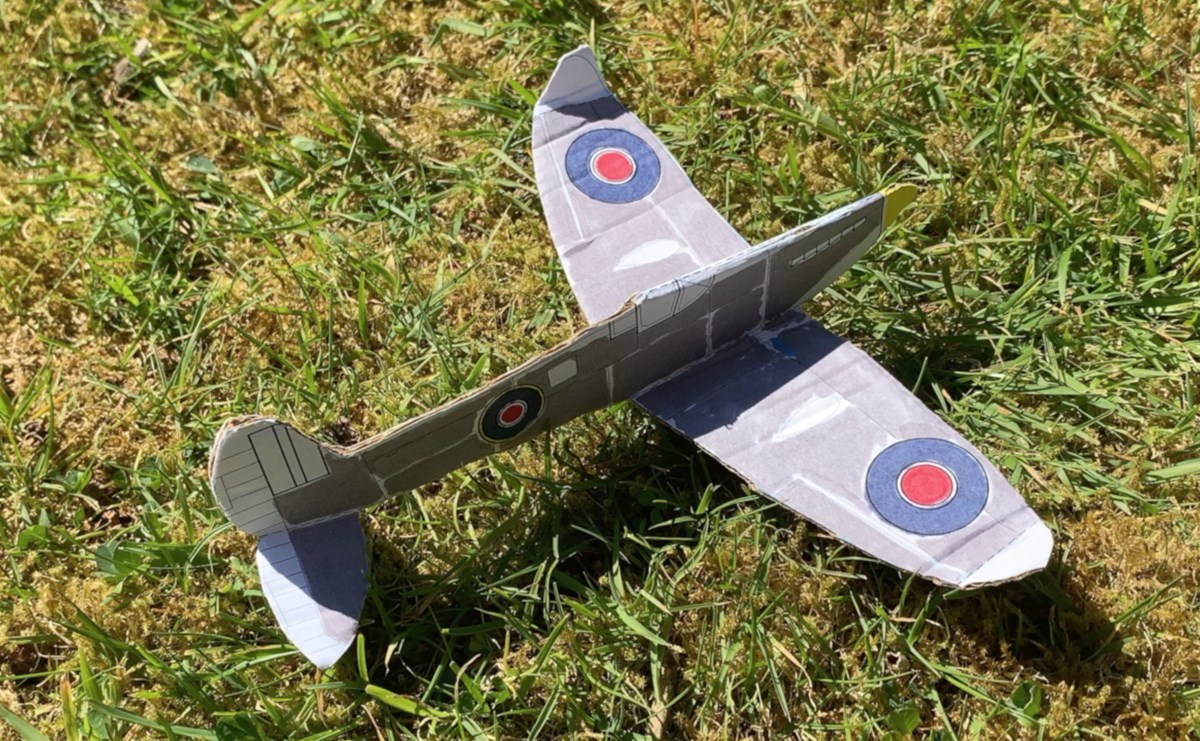
Print your Spitfire on paper or thin card. Cut around the outline and then fold it in half along the dotted line, to make it easier to cut out the middle section.
Fold the wings up from the body along the dotted lines. Fasten the nose together with a paperclip, tape or a little blob of blu-tack and test it out for yourself.
Can you make it fly? See what happens when you fold the ends of the wings up along the dotted lines.
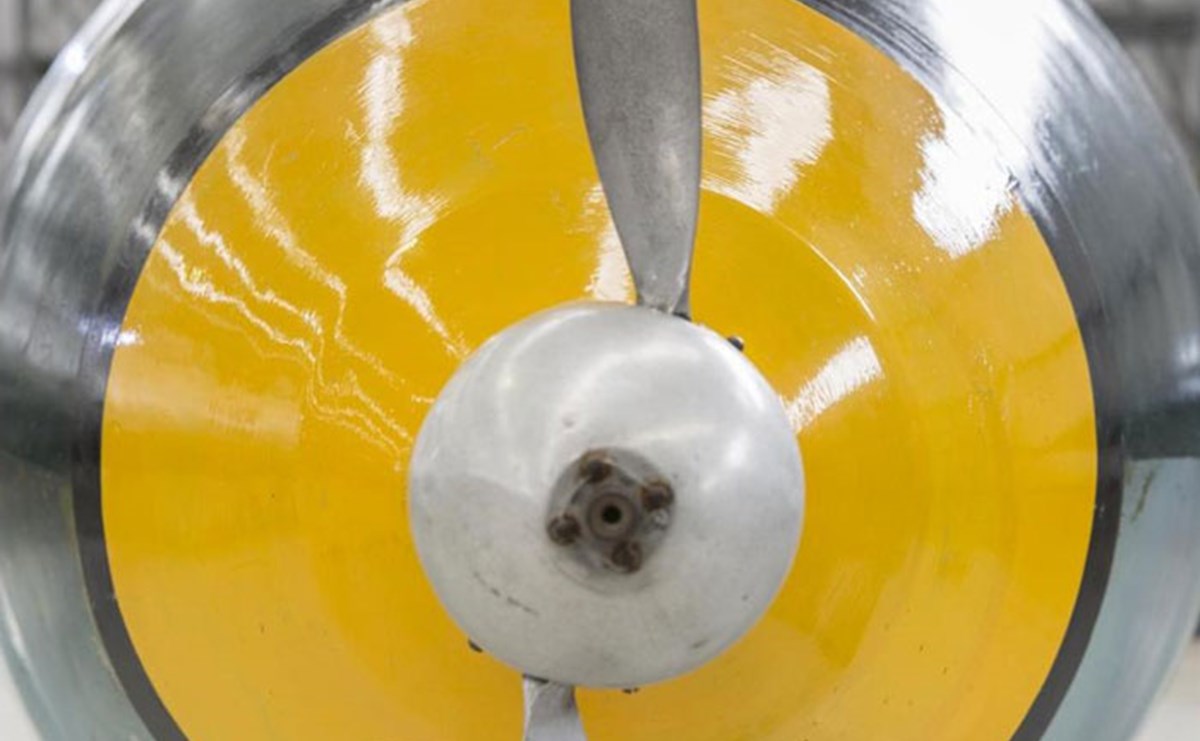
As bombings became a more widespread tactic, the German Luftwaffe investigated the use of dangerous technologies in order to develop the Messerschmitt Komet, the fastest aeroplane of the period. Discover why you had to wear a special suit to pilot this highly volatile invention, designed to intercept incoming Allied bombers.
Read the storyThe Second World War saw huge advances in medical technologies as well as military ones. In 1928, Scottish biologist Alexander Fleming’s accidental encounter with some mould led him to the discovery of the world’s first antibiotic, penicillin. It was only the looming outbreak of war in the late 1930s that led to scientists investigating ways to culture the mould on an industrial scale.
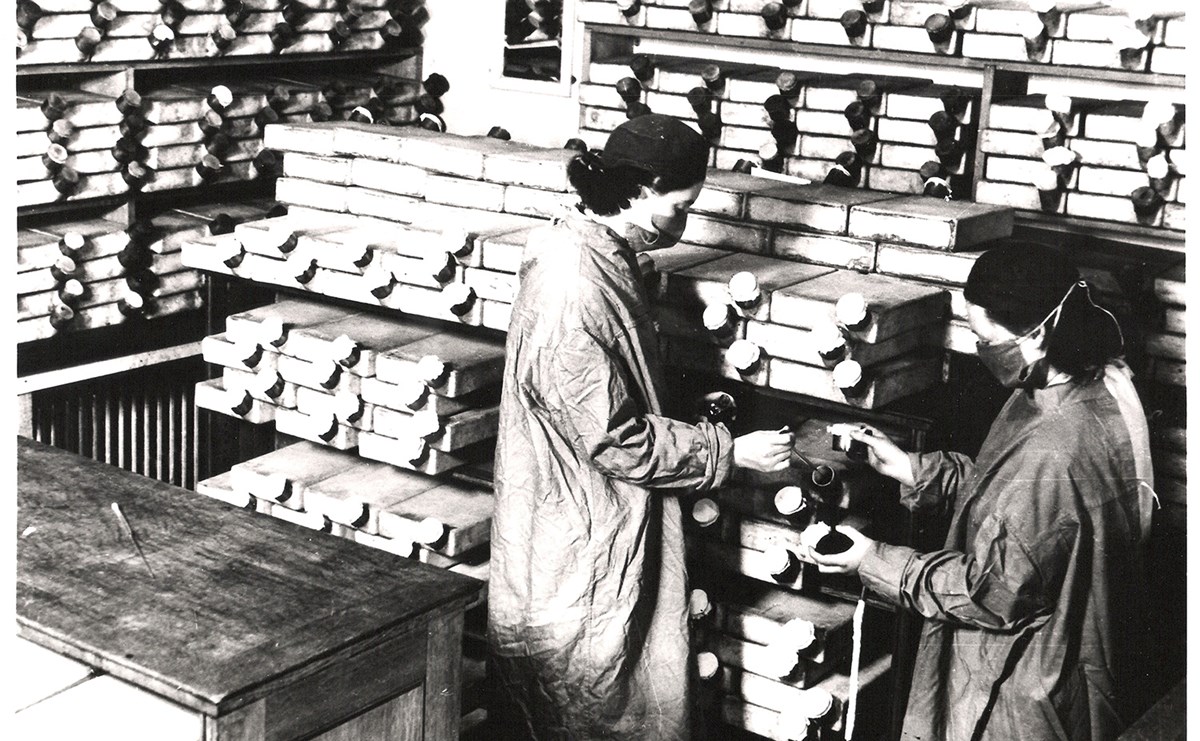
Many injured soldiers who were treated with the drug penicillin survived what would otherwise have been fatal infections. These wartime advancements led to the eventual development of a chemical drug in the 1950s into a life-saving antibiotic.
How did they make penicillin?Header: Original World War II poster entitled 'Watch out ...'.